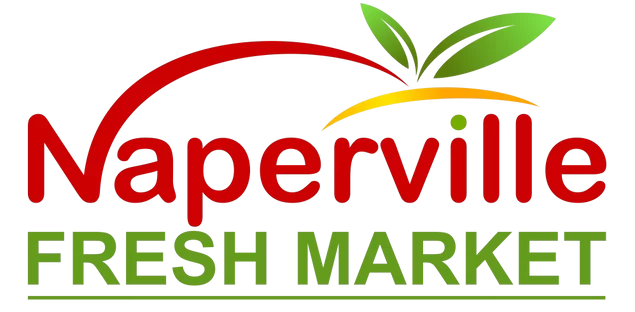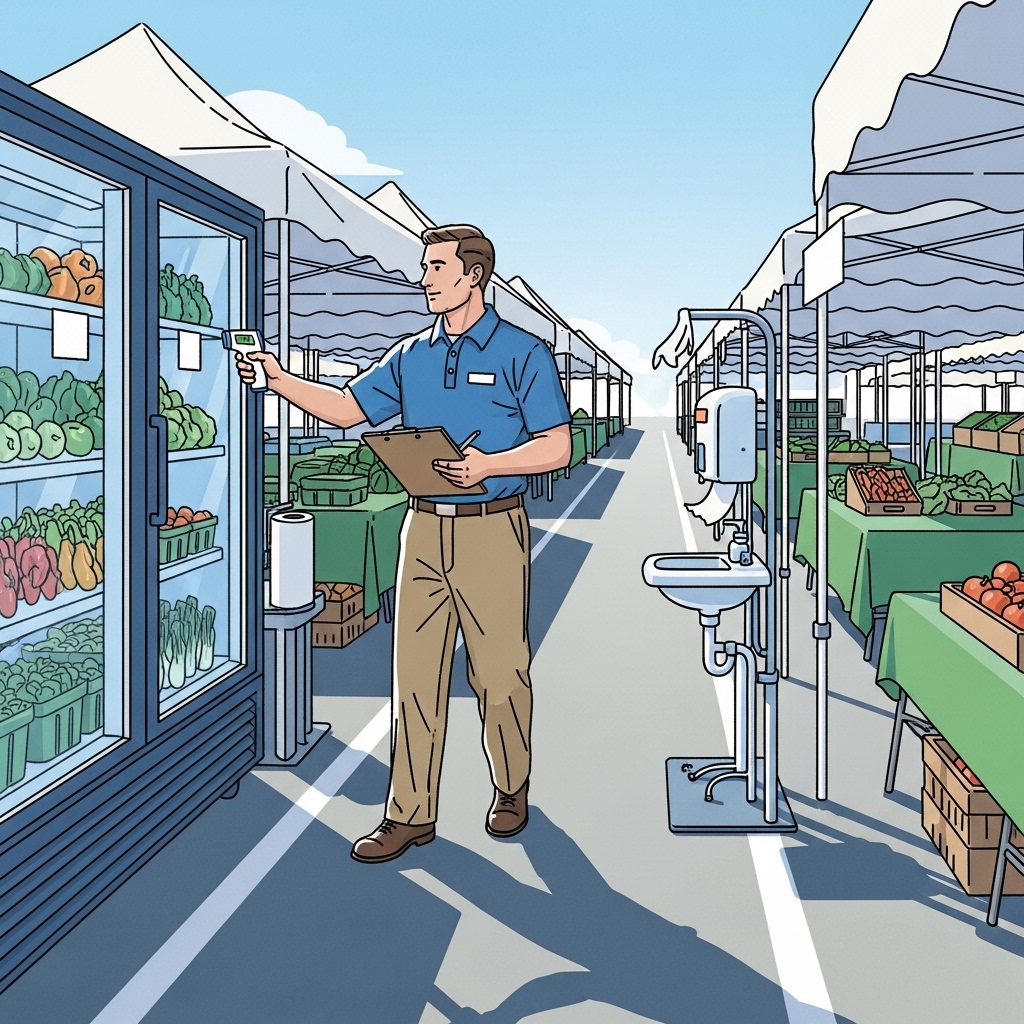Introduction: Elevating Inspection Standards
Advanced inspections at fresh markets in Naperville, Illinois help protect public health, preserve vendor integrity, and deliver a consistently positive experience for shoppers. Whether you are a market manager, a seasoned vendor conducting internal audits, or part of a reviewing team, a rigorous checklist ensures that policies translate into practice. This guide provides a comprehensive framework to assess food safety controls, site design, documentation, and emergency readiness. To align stakeholder expectations, it can be helpful to compare your vendor mix with representative market products so inspection focus areas match the realities of what is actually sold on site.
Use this checklist before opening day, during active operations, and for post-event reviews. The goal is continuous improvement—identify issues early, verify corrective actions, and communicate consistently with vendors so standards are met week after week.
Management and Documentation
Confirm that the market maintains a centralized documentation system. Records should include vendor permits, food handler certifications, and any specialized approvals for sampling or on-site preparation. Ensure that insurance certificates are current and that incident report templates are ready. Temperature logs, sanitation schedules, and pest control records should be accessible. A roster of vendors mapped to assigned spaces helps with traceability if questions arise later.
Inspect the clarity of vendor agreements. Do they list product categories, labeling requirements, and boundaries around preparation methods? Verify that agreements reference expectations for tent weighting, fire safety where applicable, and electrical usage rules. Training materials—slides, handouts, or quick references—should reinforce critical points without overwhelming vendors.
Site Layout and Physical Safety
Evaluate the market’s spatial design. Aisles should be wide enough for mobility devices and strollers. Identify and mitigate trip hazards such as cords, tent lines, and uneven surfaces. Emergency access lanes must remain clear at all times. If the market runs after dusk, confirm that lighting illuminates vendor areas and walkways adequately. Rest areas and information booths should be easy to find and not obstruct traffic flow.
Check anchoring practices for tents and canopies. Weather can change rapidly, so verify appropriate weights and secure tie-downs. Review signage for entrance and exit points, vendor rules, and safety messages. For indoor markets, assess ventilation and the arrangement of booths to avoid bottlenecks.
Food Safety Controls
Temperature management is essential for potentially hazardous foods. Verify that vendors use calibrated thermometers and maintain logs, keeping hot foods hot and cold foods cold. Inspect coolers for adequate ice or mechanical refrigeration and ensure food is not stored directly on the ground. For raw and ready-to-eat foods, confirm separation and proper storage to prevent cross-contamination.
Sampling must meet hygiene standards. Look for sneeze guards, covered containers, or protected sample trays. Confirm the availability of handwashing setups or sanitizing stations. Single-use utensils should be used appropriately, and leftover samples must be discarded safely within allowed time windows. Verify allergen labeling where samples include common allergens.
Labeling, Allergen Disclosure, and Traceability
Every packaged item should have clear product names, ingredient lists, and allergen declarations. Lot codes or production dates improve traceability in the event of a recall or quality complaint. For produce, signage that indicates farm origin and growing practices adds transparency. Inspect label readability and durability under outdoor conditions. Encourage vendors to keep extra labels or signage for quick replacement if they become damaged during service.
Inspect documentation that links each vendor’s offerings to their approved categories. If a vendor introduces a new product mid-season, verify that it aligns with permitted practices and that labeling remains consistent. Mid-season audits should ask vendors to show how they track batches, even for small runs.
Sanitation and Waste Management
Observe sanitation in real time. Surfaces should be cleaned and sanitized at regular intervals, especially high-touch areas where customers queue. Shared spaces such as seating or demonstration areas must be wiped down frequently. Evaluate the placement and maintenance of waste and recycling bins; they should be visible, not overflowing, and serviced on a schedule. Confirm safe disposal of gray water if vendors use it for food preparation or cleaning.
Water, Ice, and Utility Controls
Where water and ice are used, verify that they come from safe sources and are stored in clean containers. Inspect ice management for beverages and cold storage—scoops should be stored handle-up and not submerged. Electrical connections must be weather-protected and routed to avoid creating trip hazards. Fuel-based cooking equipment, if present, should comply with safety guidelines and be operated by trained staff.
Vendor Behavior and Customer Interaction
Professional behavior contributes to safety and trust. Evaluate whether vendors handle food with clean utensils or gloves as appropriate, avoid bare-hand contact with ready-to-eat foods, and manage money separately from food handling areas. Customer communication should be clear and accurate—no unverified claims about health benefits or sourcing. Encourage vendors to describe how to store and prepare items effectively, which supports overall food quality.
Accessibility and Inclusivity
Check routes for obstructions and ensure there are rest areas accessible to all patrons. Signage should be legible, with high contrast where possible. Consider language inclusivity: quick-reference cards or simple icons can help communicate key messages, such as allergen alerts or handwashing reminders. Inclusive design improves flow and reduces confusion during busy periods.
Emergency Preparedness
Confirm that staff and vendors know procedures for severe weather, medical issues, and lost children. Verify that emergency contact numbers are posted at the information booth and that a first aid kit is available. Conduct periodic drills or tabletop exercises, especially before peak season. After any incident, debrief and document lessons learned to refine the plan.
Mid-Season Performance Review
Schedule a formal review mid-season. Compare incident reports, temperature log compliance, and customer feedback to your initial goals. Identify recurring issues and provide targeted coaching. If a category of goods creates repeated challenges, adjust layout or introduce new controls. For example, if multiple vendors sell items requiring strict temperature control, consider a designated area with additional monitoring.
Continuous Improvement and Communication
Effective markets treat inspection as a collaborative process. Share aggregated results with vendors, celebrate success stories, and offer practical tips for common issues. Provide a channel for vendors to ask questions and request support. Consider creating quick checklists vendors can use weekly to self-evaluate, focusing on high-impact actions like labeling, temperature checks, and sanitation.
Frequently Asked Questions
Q: How often should we conduct inspections? A: Perform checks at opening, during peak hours, and after closing, plus a deeper mid-season review to confirm sustained compliance.
Q: What documentation should vendors keep on hand? A: Relevant permits, certifications, temperature logs as applicable, and labels or ingredient lists for all packaged items.
Q: How do we handle non-compliance? A: Use a graduated approach—verbal notice, written notice with corrective action, and follow-up verification. Provide support to help vendors meet expectations.
Q: What are the most common issues? A: Temperature control lapses, incomplete labeling, inadequate handwashing access, and unclear aisle management are frequent problem areas.
Q: How can we improve traceability? A: Encourage simple batch coding and maintain a master vendor map so you can contact the right seller quickly if questions arise.
Apply the Checklist in the Field
With a clear plan, inspections become a constructive part of market culture rather than a disruption. Build trust by communicating expectations early, offering feedback respectfully, and celebrating progress.
Strengthen Your Market Today
Ready to refine your inspection program? Align your checklist with what vendors actually sell, train your team on key controls, and reference typical market products to focus your efforts where they matter most. A safer, more organized market benefits vendors, shoppers, and the community.




